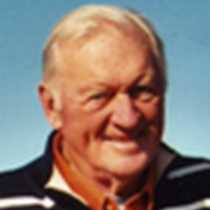Americans know it as their country’s oldest town west of the Rocky Mountains (1811). During this same period Great Britain wanted it (through efforts of the Hudson’s Bay Company) as its western outpost for a booming fur trade. John Jacob Astor saw the mouth of the Columbia River as a lucrative sea route to the Orient. National Geographic Sea Bird guests experienced Astoria as a gateway to Fort Clatsop, third winter camp of the 1805-1806 Lewis & Clark Corps of Discovery. And for authenticity, a steady rain fell during our visit to the Fort, similar to the three-month residence of the Corps.
With anticipation, guests looked for a virtually 360 degrees overlook of Astoria and the Columbia River mouth from the top of Coxcomb Hill and the Astoria Column. Upon arrival at this monument, several guests climbed the 164 steps to the column’s top. After this eye-filling scene, motor coaches toured the steep streets of Astoria, ultimately descending to the world class Columbia River Maritime Museum. Within this riverside building guests found the river’s history, especially details about the famous bar that has caused numerous shipwrecks and loss of life.
Afternoon expeditions included outdoor and indoor forays. Mostly indoors, Cape Disappointment’s Lewis & Clark interpretive center in the State of Washington tells the Corps story, step-by-step, year-by-year, through narrative, photos, paintings, and an exciting video. The center itself roosts on a highest point of a basalt overlook with a wide-angle view of the Columbia River mouth. The occasional fishing vessel and large sea-going tanker could be seen navigating in the distance. Motor coaches then stopped at one of the Maya Lin Confluence Projects facing what is called Waikiki Beach (named for two Hawaiian sailors who swam to shore after falling overboard from a small boat in 1811).
The outdoors experience included a small contingent of guests who chose to explore the little John Day River and its wildlife (as contrasted with a larger John Day River upstream on the Columbia).
Guests and staff returned for Recap, dinner, and an evening presentation by the historian, titled “Mr. Jefferson and Captain Lewis.”









